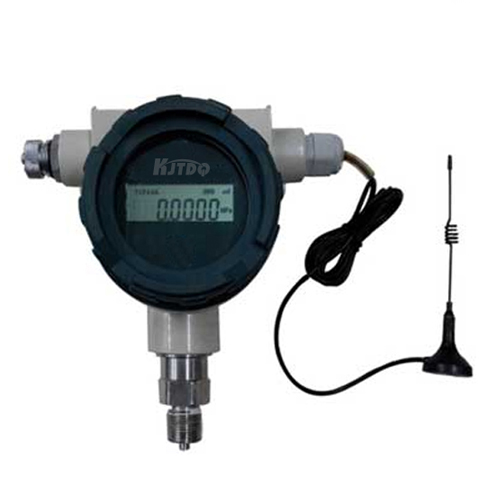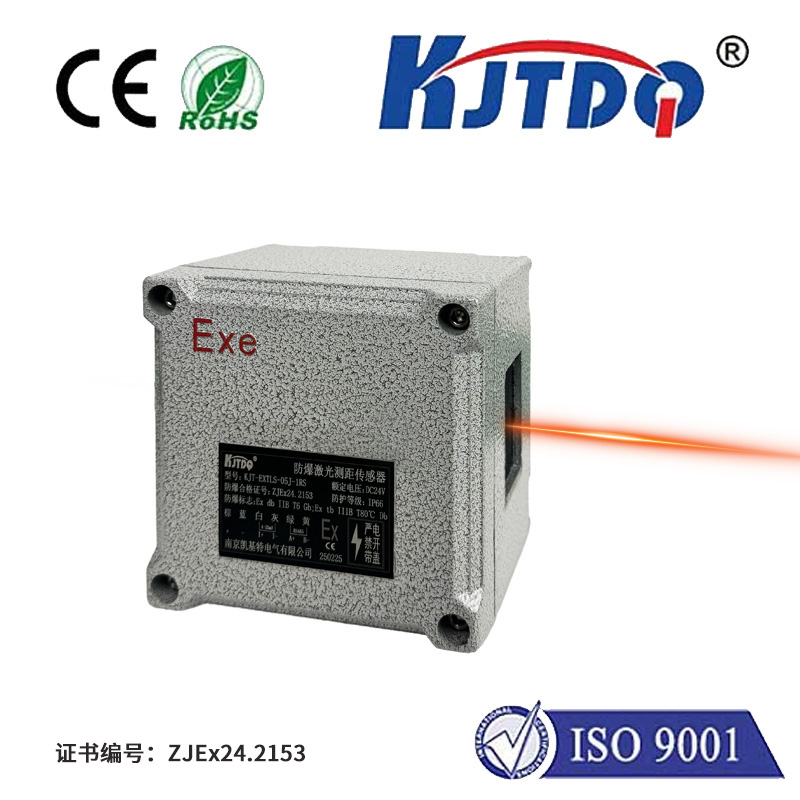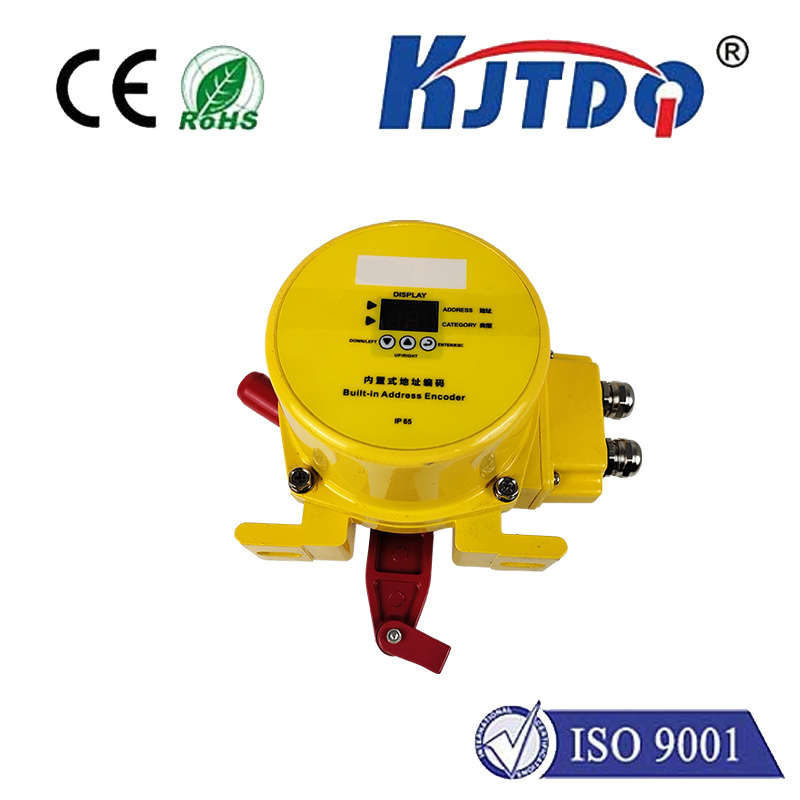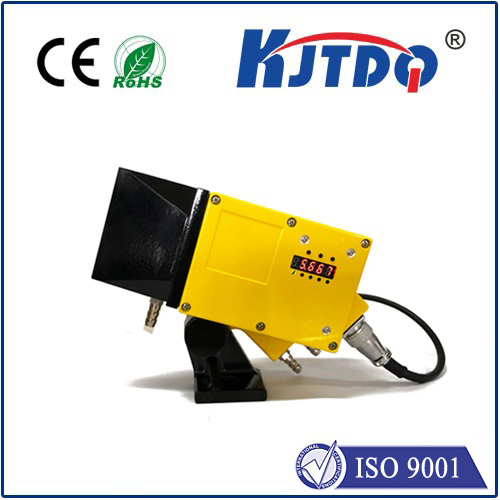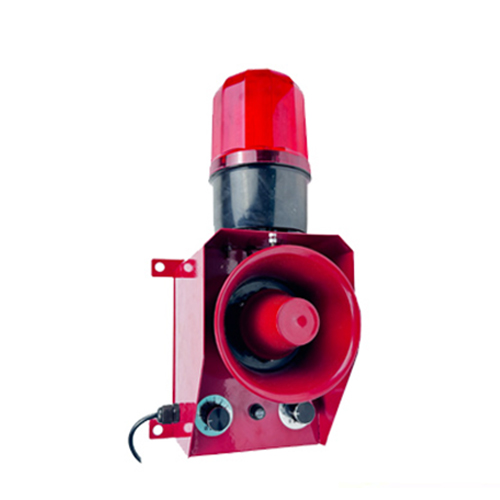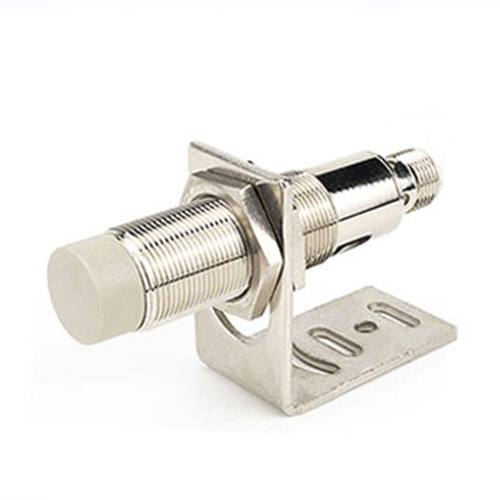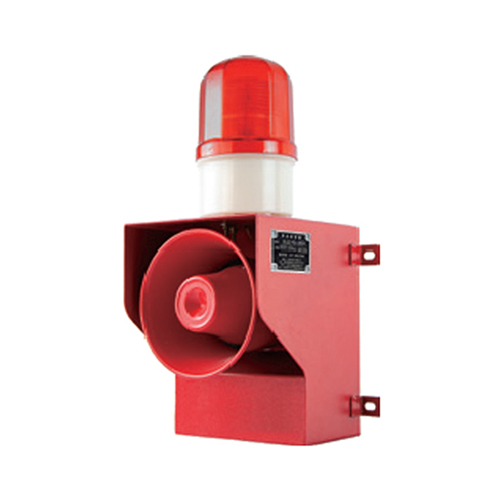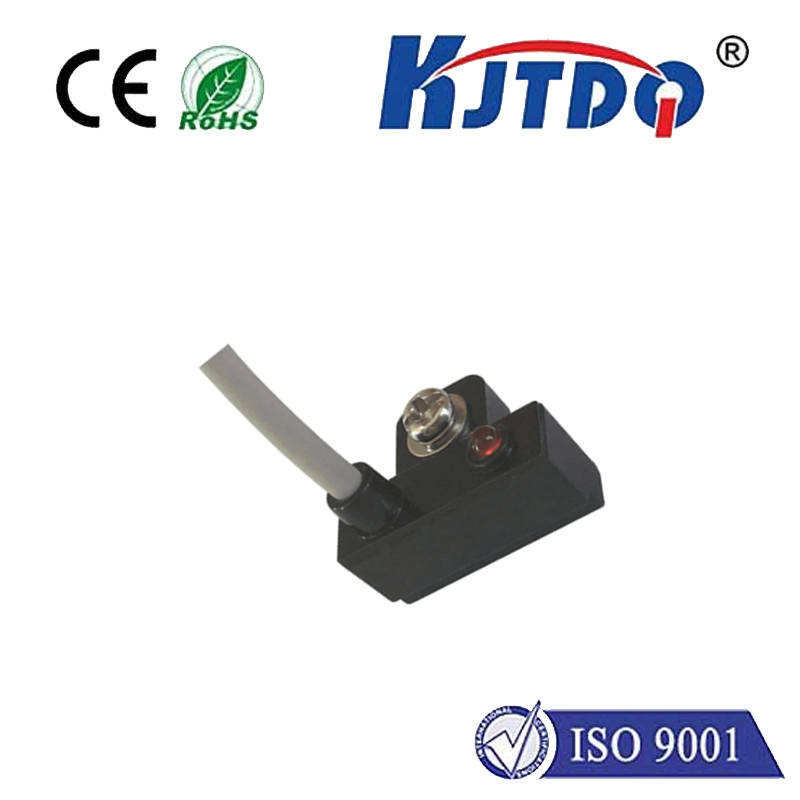

check

check

check

check

check

check

check

check

check

check
Introduction:
In the ever-evolving world of technology, innovation knows no bounds. One such breakthrough is the advent of laser motion sensors, which have revolutionized the way we perceive and interact with our environment. In this article, we will dive into the world of diy laser motion sensors, exploring how to create your own and unlocking the endless possibilities they offer.
Section 1: Understanding Laser Motion Sensors
Laser motion sensors are an innovative tool that combines laser technology with motion detection capabilities. They work by emitting a short burst of light and measuring the time it takes for the light to bounce back, allowing them to calculate the distance and direction of movement. This makes them incredibly versatile, as they can be used in a wide range of applications, from robotics and security to gaming and entertainment.
Section 2: Materials Required for DIY Laser Motion Sensor
To create a basic laser motion sensor, you will need the following materials:

* Arduino board (any version)
* LDR (Light Dependent Resistor) sensor module
* IR LED
* Photocell resistor
* Breadboard
* Jumper wires
* Power supply (9V battery or wall adapter)
Section 3: Building Your Laser Motion Sensor
Step 1: Connect the LDR sensor module to the Arduino board using jumper wires. The LDR should be connected to one pin on the Arduino board, while the photocell resistor should be connected to another pin. The IR LED should be connected to a digital output pin on the Arduino board.
Step 2: Write the code for your Arduino sketch. In this example, we will use the simpleC language, which is included in the Arduino IDE. The code will trigger when the IR LED receives light and measure the distance between the object and the sensor. If there is no detected movement, the LED will blink.
Step 3: Upload your code to the Arduino board and test your laser motion sensor. Make sure to adjust the sensitivity of the IR LED and the distance between the object and the sensor according to your needs.
Conclusion:
With just a few simple components and some basic coding skills, you can create your own laser motion sensor and embark on a journey of exploration and innovation. Whether you're interested in robotics, security, or entertainment, this cutting-edge technology has something to offer everyone. So why not get started today and see what amazing things you can create?
